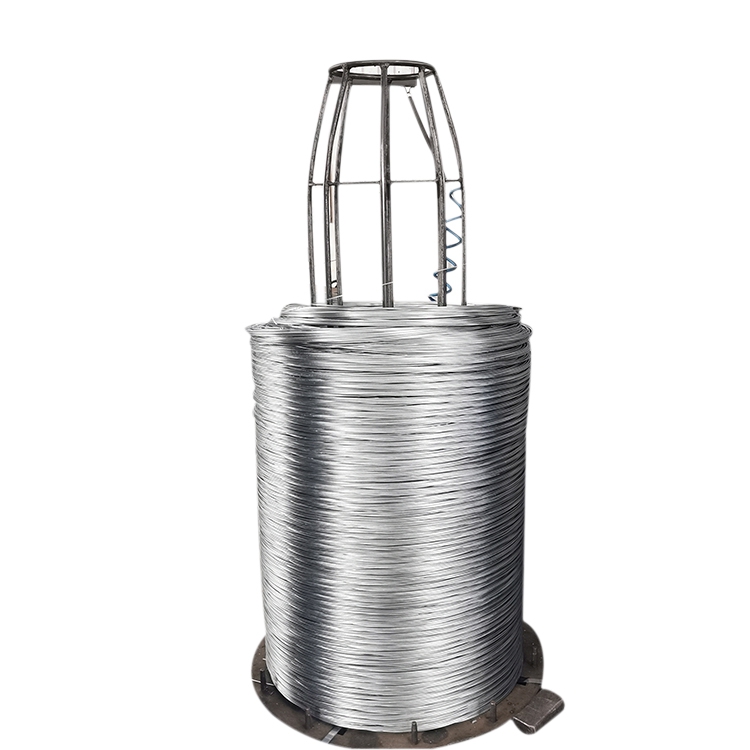Best Techniques for Drilling Concrete Nails Efficiently and Safely
Drilling for Concrete Nails A Comprehensive Guide
Drilling into concrete can seem intimidating at first, but with the right tools and techniques, it can be a straightforward process, especially when it comes to installing concrete nails. Concrete nails are specifically designed for fastening materials to concrete surfaces, making them essential for various construction and DIY projects. This article will provide a thorough understanding of how to effectively drill for concrete nails, ensuring strong and lasting holds.
Understanding Concrete Nails
Concrete nails, typically made of hardened steel, are engineered to withstand the pressures and weights of materials attached to concrete. Their unique design features a tapered end for easier penetration into hard surfaces, making them ideal for use in walls, floors, and ceilings. Choosing the right type of concrete nail is crucial, as they come in various lengths and diameters to accommodate different projects.
Tools Required
Before you begin drilling, it’s important to gather the necessary tools. Here’s a checklist
1. Hammer Drill A hammer drill is essential for drilling into concrete. Unlike standard drills, hammer drills provide a rapid hammering action that helps break up the hard surface. 2. Masonry Drill Bits These bits are specifically designed for concrete, featuring a carbide tip that enhances durability and efficiency. 3. Chalk Line To ensure accuracy in your drilling, use a chalk line to mark the exact location where the nails will be placed. 4. Protective Gear Always wear safety goggles, gloves, and a dust mask to protect yourself from debris and dust. 5. Vacuum or Brush To clean up dust and debris after drilling, ensuring a clean workspace.
Step-by-Step Process
1. Mark Your Spot
Using a chalk line or a pencil, mark the location on the concrete surface where you plan to install the nail. Precision is key to ensuring that the fastening holds correctly, so measure twice before marking.
2. Choose the Right Bit
Select a masonry drill bit that corresponds to the size of the concrete nail you are using. A common practice is to use a bit that is slightly smaller in diameter than the nail to ensure a snug fit.
drill for concrete nail

Insert the masonry bit into the hammer drill, ensuring it is secured tightly. Set the hammer drill to the ‘hammer’ mode. This will allow the drill to penetrate the concrete effectively.
4. Start Drilling
Position the drill bit on your marked spot and apply steady pressure as you begin to drill. It’s important to keep the drill perpendicular to the surface to ensure an even hole. Begin at a low speed to create a small indent, then increase the speed as the bit penetrates the surface.
*5. Monitor Progress
As you drill, periodically pull the bit out to remove accumulated dust and debris from the hole. This will help maintain the drill’s speed and effectiveness. Be prepared for resistance, as concrete is much tougher than wood or drywall.
6. Finish the Hole
Continue drilling until you reach the desired depth, typically around 1 to 2 inches for a standard concrete nail. Once finished, remove any dust with a vacuum or brush to prepare the hole for the nails.
Inserting Concrete Nails
With the hole now prepped, gently tap the concrete nail into the hole using a hammer. Ensure it is driven in straight and flush with the surface. If resistance is encountered, consider using a slightly larger bit or a different type of concrete nail designed for tougher surfaces.
Conclusion
Drilling for concrete nails may initially require some practice, but with the right tools and techniques, it can be accomplished with confidence. Proper preparation, safety measures, and following the steps outlined in this guide will lead to successful installation. Whether you are a seasoned contractor or a DIY enthusiast, mastering the art of drilling into concrete will enhance your skills and enable you to tackle a variety of projects with ease. Remember, taking the time to do it right the first time will save you time and effort in the long run. Happy drilling!
-
Types and Uses of Common Nails in Construction
NewsJul.31,2025
-
The Transformative Role of Square Wire Mesh in Contemporary Architecture
NewsJul.31,2025
-
The Essential Role of Razor Wire in Modern Perimeter Security
NewsJul.31,2025
-
Installation Guide for Hexagonal Wire Netting Fencing
NewsJul.31,2025
-
How to Properly Use Rebar Wire Ties for Stronger Concrete Structures
NewsJul.31,2025
-
Creative and Decorative Uses of Barbed Wire in Design
NewsJul.31,2025














